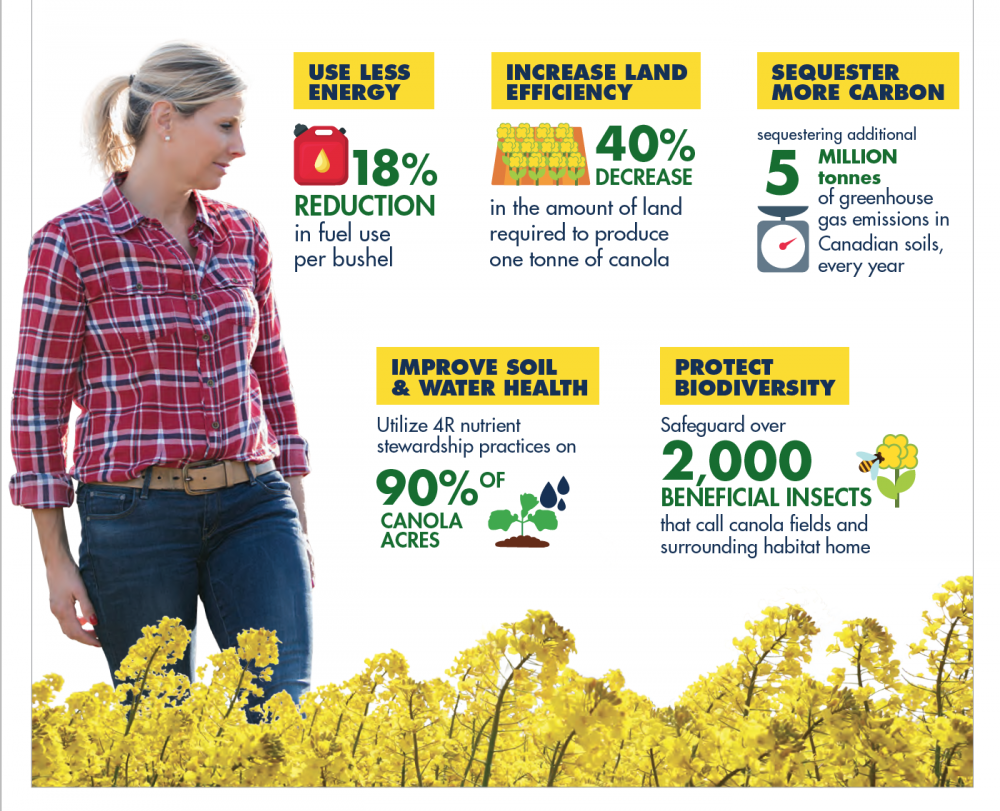Take time needed for neonic review

The comment period for the PMRA registration reviews for two neonicotinoid canola seed treatments ended November 13, but the Canadian canola industry is asking the PMRA to take time and consider incoming research results before making a final decision.







